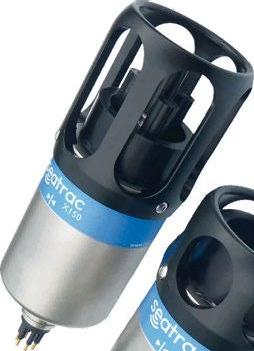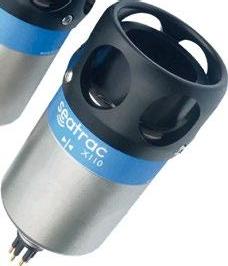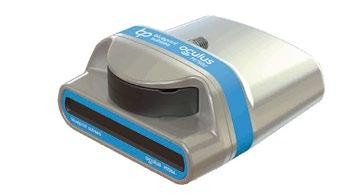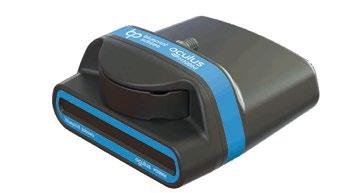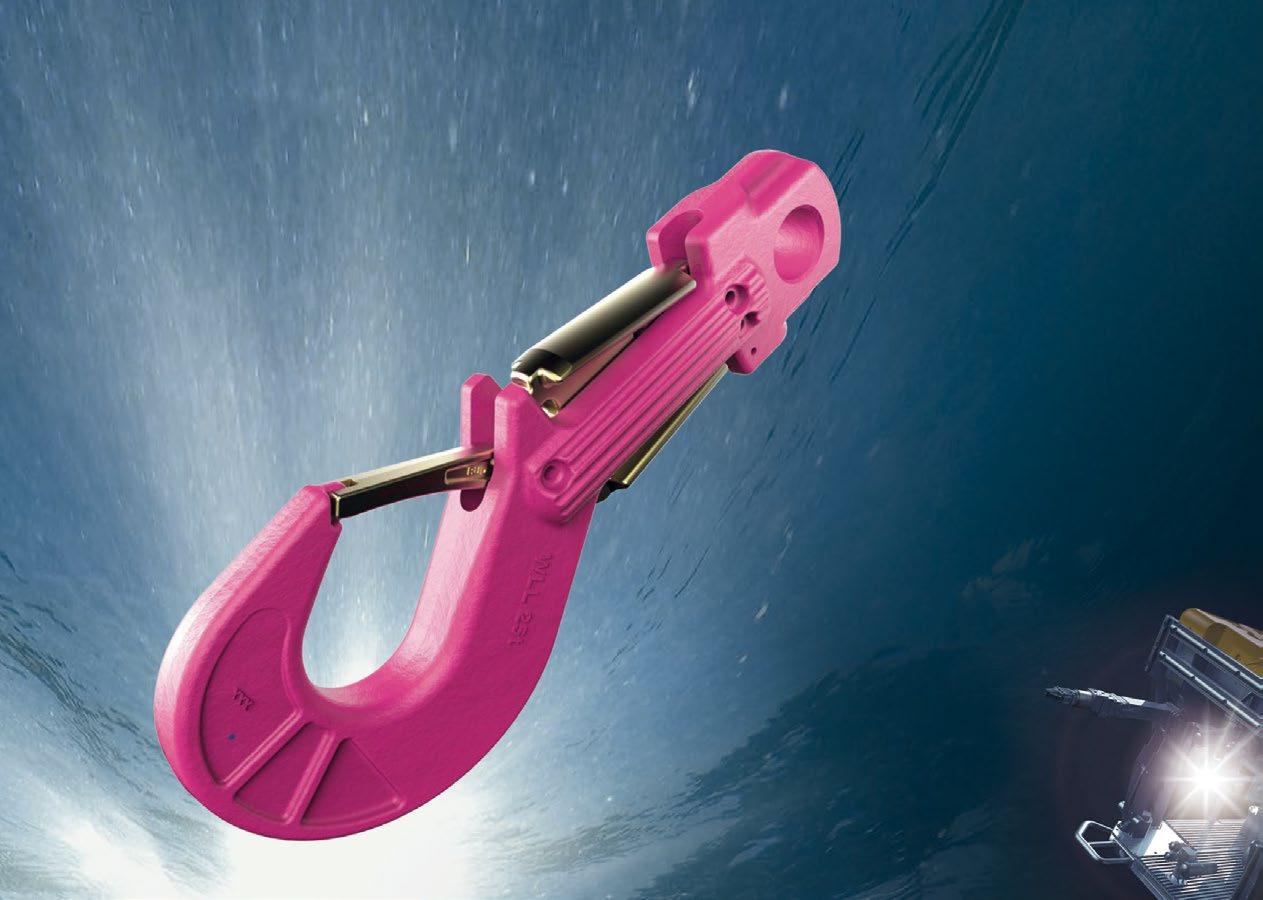
8 minute read
Mimosa: The Mission Planning and Monitoring Software with the Right Mix of Ingredients
Photo: Dugornay Olivier (2018). HROV Ariane and Antea vessel. (Courtesy of IFREMER)
MIMOSA
Advertisement
THE MISSION PLANNING AND MONITORING SOFTWARE WITH THE RIGHT MIX OF INGREDIENTS
iXblue’s Robotics and AI division, Robopec, have been working with the French National Institute for Ocean Science IFREMER since 2017 on the development of Mimosa3. Mimosa3 is the new generation of mission planning and monitoring software, dedicated to the underwater vehicles in the French Oceanographic Fleet1. Based on web technologies, the surface mission management software Mimosa3 will also be used in IFREMER’s new 6000 AUV, UlyX. It’s specifically designed to program autonomous diving missions for AUVs and introduces a new concept for implementing intelligent autonomous exploration strategies.
Mission management software are key tools for operators and scientists alike to conduct subsea exploration. Located within the support vessel’s subsea vehicles control room, they include the vehicle’s mission planning and real-time monitoring of navigation data, as well as storage of scientific data, provision of support charts, and analysis of technical data.
1: a national research infrastructure managed by Ifremer
A SOFTWARE SUITE DEDICATED TO SUBSEA OPERATIONS MANAGEMENT

To that end and to respond to increased needs for autonomous and remotely operated missions for the Institute’s fleet of underwater vehicles, Robopec has partnered with IFREMER in the development of the 3rd generation Mimosa software suite.
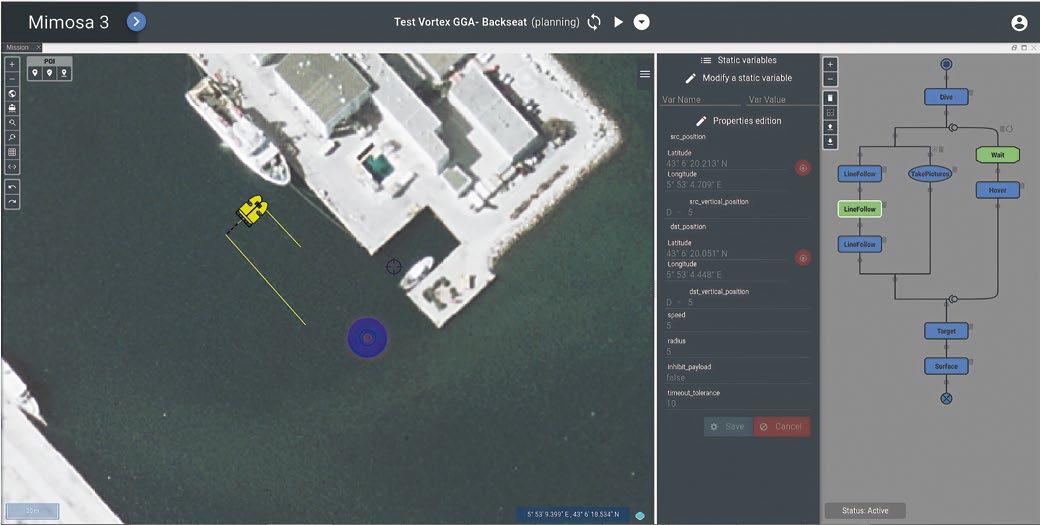
Multimodal Mission Supervision. (Courtesy of IFREMER)
Mimosa3 and its DataPortal extension cover all functionalities of mission management for operator-piloted systems, such as the human-operated vehicle Nautile, the ROV Victor 6000, or the hybrid vehicle Ariane. For these systems nautical-chart-based navigation, 3D displays, sensor feedback, auto-pilot modes, data management, etc., are the core functions that allow for efficiently operated scientific dives.

For IFREMER’s AUVs (two 3,000m vehicles asterX and idefX , and the newly developed 6,000m system UlyX), the mission management cycle includes programming of the dive plan. This is evolving in Mimosa3 from former generations of linear, preprogrammed track towards a construct of high-level tasks: implementing reactive dive strategies and ruling embedded autonomous decision-making by the AUV. Mimosa3 provides a unique editor dedicated to complex mission planning, making the most of the advanced embedded execution engine. IFREMER’s syntax allows flowchart-like mission description, taking into account events, conditions, loops, and more.
Although AUVs are not permanently supervised by human operators, the feedback of vehicle information allows for precise monitoring of the robots’ actions within Mimosa3, in dive phases where acoustic communication with the deploying mothership is available.
MULTI-SYSTEM OPERATION
Ocean science subsea operations tend increasingly towards multi-system deployment, with possible interactions such as communication rendezvous between AUV, ROV, and USV (used e.g., for acoustic positioning when the research vessel follows other tasks). Such multi-system operations require new functionalities for mission programming through the creation of a new Graphical User Interface (GUI) capable of representing the information as clearly as possible to ease the operators work. Remote access from any location on the research vessel – and eventually from land-based telepresence sites – is a core requirement for state-of-the-art operations at sea. This is enabled through Mimosa3 being entirely designed in webtechnologies, providing access within defined user profiles.
A SINGLE MISSION MANAGEMENT TOOL FOR A WIDE RANGE OF UNDERWATER VEHICLES
One of the challenges to the development of Mimosa3 was to meet all requirements of different types of subsea vehicles within the French Oceanographic Fleet.This includes manned, remotely operated, and autonomous vehicles, all in a single software package.
Christophe Rousset, Managing Director of iXblue Robotics and AI division explains, “Supervision and planning software are often specific to a vehicle. There is no standard for controlling underwater vehicles that would allow us to create a universal tool. He goes on to say, “Some tools are able to interface with different equipment, but not necessarily those of IFREMER, which are often specific gears.
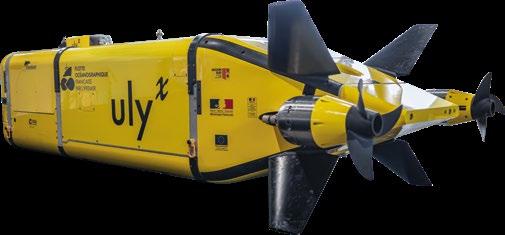
Photo: Ambre Bodenes, Ifremer (2020). Ulyx AUV, La Seyne-sur-Mer. (Courtesy of IFREMER)


Augmented reality bettering ROV operator's experience. (Courtesy of IFREMER)
“The requirement that IFREMER had here, was to be able to plan a mission expressed in the form of a DSL (Domain Specific Language) created by them. There are computer tools for creating code generators from DSLs. However, these tools are text-edition based, and the operators – not being computer scientists – would have many difficulties understanding this way of describing the mission.
Rousset continues, “Therefore, it was decided to create our own "graphic" and user-friendly mission description language.
“IFREMER has developed a language for describing the capabilities of a machine. This language allows [us] to describe what a machine can do in terms of locomotion, measurements, and actions. The description includes the map view display. iXblue then developed a GUI that can interpret this language, and that only offers operators mission blocks that can be carried out by the specific vehicle which mission is being planned.”
In order to make deployment easier, the software was also developed using a Web User Interface with Google’s latest framework Angular. That can be used collaboratively by the vehicle operators in the control station, and by scientists conducting or observing the dive on board the vessel or on shore.
NEW FEATURES AND CAPABILITIES FOR MISSION SUPERVISION
The second challenge was the transmission of data via a satellite link: very expensive when one needs to transfer a large amount of data. IFREMER's fleet of support vessels are equipped with an IP satellite link with a “variable” bandwidth (between 50 kbps and 2Mbps), so the main obstacle was the transmission of video streams. In the absence of a compatible off-the-shelf solution for the transmission installed on IFREMER’s vessels, the development of a dedicated transport layer was carried out and tested successfully.
Following tests and RETEX from several missions using the Mimosa3 software, several new features were subsequently investigated. These included audio and text “chat”, the ability to broadcast the stream to several clients simultaneously, a real-time 3D view, adaptation to touch tables and screens, and an augmented reality functionality on the videos broadcasted by the underwater vehicles.
UlyX, IFREMER’s latest generation of deep-sea AUV, will also benefit from the Mimosa3 software. iXblue Robotics and AI division has thus adapted the planning tools to the specifics of the AUV, taking into account particular mobility capacities (fast diving, ballasting, lateral displacement, etc.), and specific payloads (long range SAS, etc.). Already onboard UlyX with several sensors (Phins Inertial Navigation System, Sams Synthetic Aperture Sonar, Echoes Sub Bottom Profiler), iXblue is now adding a new software brick to IFREMER‘s most advanced deep-sea AUV.
A long-standing partner of the French National Institute for Ocean Science IFREMER, iXblue is also a key partner for system integrators and vehicle manufacturers wishing to equip their drones with modern drone management systems or planning to develop new capabilities. iXblue Robotics and AI division is also continuing to develop its own range of products in the fields of perception (multi-sensor data fusion, detection, and tracking of tracks at sea), as well as autonomous land and naval navigation (SLAM, dynamic trajectory planning, obstacle avoidance, COLREGs).
Full Page OE Template - this document can be used as a template layer in InDesign, Photoshop or Illustrator. Plese delete or hide layer before saving final file. 24 Port Fast Ethernet Switch for Subsea Use Document size- Use bleed dimensions ( 212.72 x 282.575 mm 8.375 x 11.125 in). Trim Size - Actual magazine size (blue dotted line) - 206.375 x 276.225mm 8.125 x 10.875 in Allow 3.175mm .125 in outide of trim on each side: Bleed Size - 212.72 x 282.575 mm 8.375 x 11.125 in Any color or image that goes to the edge of the page should extend to the bleed size.
4,000m rated managed switch designed to meet the requirements of a modern subsea network
Live Area, also called the Safe Zone (light blue rectangle) keep text and logos inside this area- 12.7 mm .5 in inside of the trim. 180.97x 250.82 mm 7.125 x 9.875 in
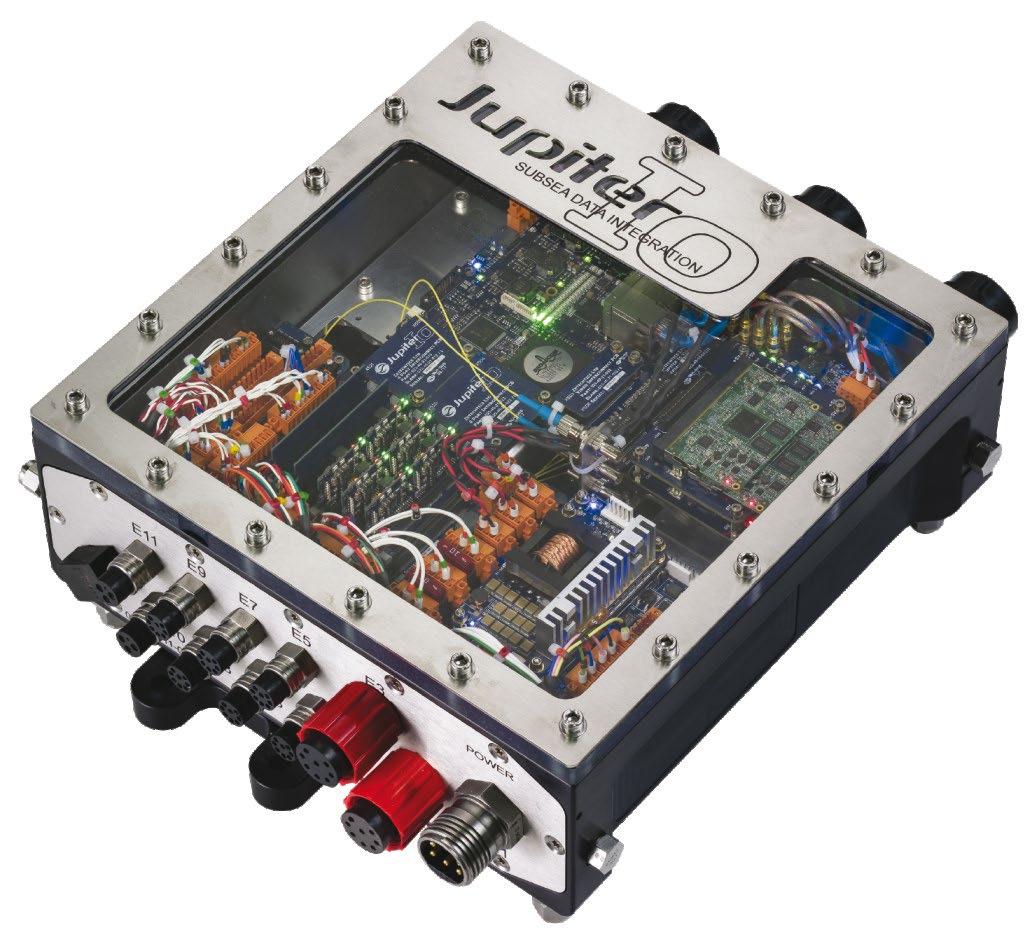
OE (Offshore Engineer) prefers ad material to be supplied as PDF (PDF/X-1a:2001). We also accept ads built in these programs: Adobe InDesign, Quark, Adobe Illustrator and Adobe Photoshop. Please supply all fonts, images, and artwork with ads supplied in these applications. All supplied material should be 300 dpi, in CMYK color space, and have fonts embedded in all graphics. OE does not accept ads built in Microsoft Word, Microsoft Publisher, Microsoft PowerPoint or CorelDraw. PMS colors printing as CMYK must be converted to CMYK colors. • Cropmarks should be offset and not appear in the bleed area.Optical long distance links via Dual Redundant 1Gb Single-Mode fibres
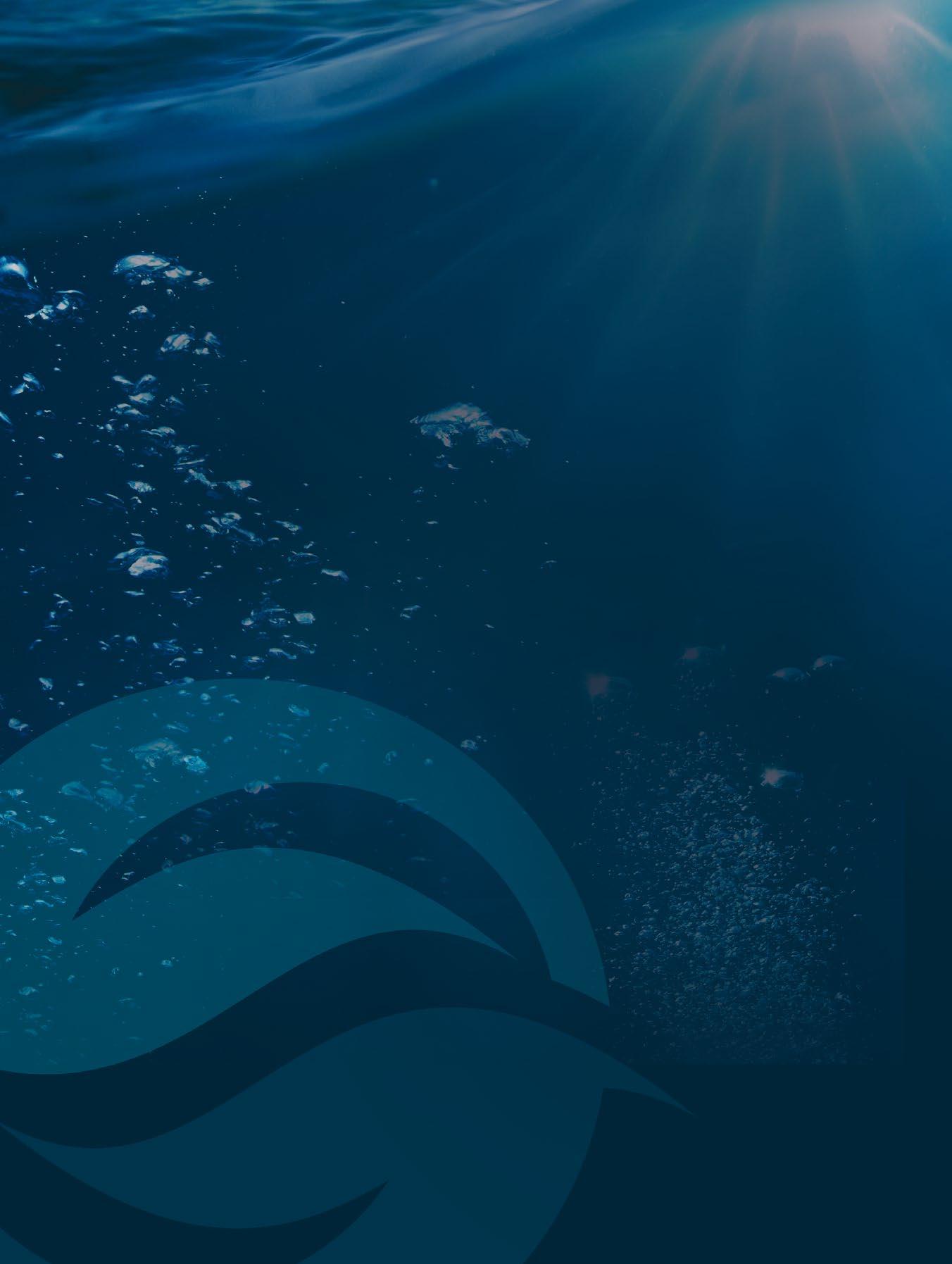
Interface to SFP in COTS surface router Modular internal construction Serial Data to Ethernet Interfaces Video Digitiser Interfaces
Comprehensive VLAN functionality Link Aggregation (LACP) Spanning Tree Support (STP) Non-blocking switch fabric Bandwidth control on ports Traffic priority (QoS)

Tel: +44 (0) 1653 602020 www.zetechtics.com

